There would be no USA, if Britain's Anne Boleyn hadn't possessed such attractive breasts. These things are all inter-related. Anyone who views history as a series of isolated events is not getting the full picture. The seeds of just about anything can be traced back into antiquity. Moreover, most things should be!
 Let me justify such a bold assertion, in order to demonstrate how history builds upon itself to bring us into the present.
Let me justify such a bold assertion, in order to demonstrate how history builds upon itself to bring us into the present.
Britain's King Henry VIII had certainly taken a fancy to Anne Boleyn's 'paps'. He wrote letters about them. Eventually he broke with the Catholic Church in order to divorce his wife, so he could get his hands upon said breasts.
Henry's subsequent excommunication by the Pope led to the establishment of the Church of England and, more importantly here, the Dissolution of the Monasteries.
Tearing down the Catholic religious houses meant that the Crown suddenly had a lot of money. Henry VIII used a large portion of it to build a navy for Britain. His daughter, Queen Elizabeth I, viewed the growth of her navy as a priority during her long reign. Over the centuries, better ships and more sea-going experience rendered Britain's navy a real force with which to be reckoned.
This was certainly the case by 1763, when Britain won the Seven Years War. The decisive battles had all been at sea and this fact was not lost on France's Louis XV. He was so anxious to create a better navy for his own country, that he spent well above his nation's means. France had been one of the world's most economically stable countries, but it was soon heavily in debt. His son, Louis XVI, also spent extravagantly, thus sending France onto the brink of bankruptcy.
 The result was the French Revolution, which removed the monarchy from France and paved the way for the rise of Napoleon Bonaparte.
The result was the French Revolution, which removed the monarchy from France and paved the way for the rise of Napoleon Bonaparte.
The Emperor wasn't satisfied with merely ruling his own country, so began a campaign stretching across Europe and the Americas. This required money and the removal of France's debts.
Both of these were accomplished by selling a vast tract of land to America (known there as the Louisiana Purchase). Then, after Napoleon had defeated the Spanish, he also gained control of Spain's colonies in the New World.
Mexico was amongst those countries now controlled by Napoleon, but the ruling classes there were loyal to Spain. The Mexican War of Independence followed very quickly. This left Mexico impoverished and led by inexperienced politicians. Their American neighbors to the north offered one solution, which was to allow Americans to settle in Mexico's province of Texas. Along with the money to facilitate this came friendly advice, from one republic to another, which naive Mexican politicians hadn't quite sussed was all in America's favor.
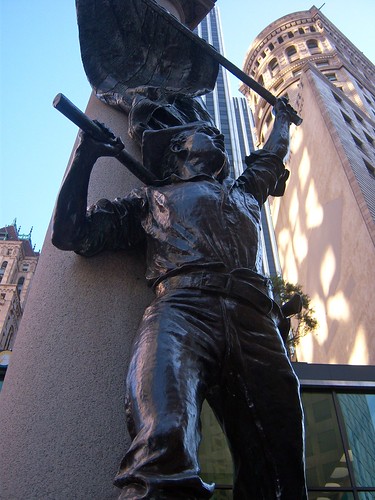 When enough Americans had colonized Texas, then the stage was set for the Texas War of Independence and the Mexican-American War. By 1853, America had seized over 55% of Mexico for itself. The states of California, New Mexico, Utah, Nevada, Texas, Colorado, Arizona, Wyoming, Oklahoma and Kansas were all part of Mexico less than 200 years ago.
When enough Americans had colonized Texas, then the stage was set for the Texas War of Independence and the Mexican-American War. By 1853, America had seized over 55% of Mexico for itself. The states of California, New Mexico, Utah, Nevada, Texas, Colorado, Arizona, Wyoming, Oklahoma and Kansas were all part of Mexico less than 200 years ago.
Naturally the Mexican people were not impressed, which sparked off the Mexican Civil War.
An independent Mexico had abolished slavery, which had seen anxious American diplomats rushing into Mexico City to ensure that law wouldn't apply to Texas too. Now that not only Texas, but over half of Mexico was in the hands of the USA, issues of slave ownership and money were causing tension in that country too. Within ten years, the nation was embroiled in the American Civil War.
Back in France, the Emperor had not just been sitting back twiddling his thumbs, while all of this was going on. As far as he was concerned, Mexico belonged to France and this was his big moment. Napoleon III sent his navy to take back bankrupt, war-weary Mexico.
 He also made no secret of his plans immediately after that. He would arm and fund the American South, which most historians conclude would have undoubtedly resulted in a victory for the Confederacy.
He also made no secret of his plans immediately after that. He would arm and fund the American South, which most historians conclude would have undoubtedly resulted in a victory for the Confederacy.
In return, Napoleon III would have demanded the return of all Mexican land. The Louisiana Purchase had always been mired in concerns about illegality (Napoleon I hadn't had the right to sell it), so that might have been returned to France too. After all, a divided and weakened USA could not have effectively defended the territory.
It's also enticing to speculate about whether Napoleon would have simply carried on going and taken the rest of America too. Then he would have been right on the border of French-speaking Canada, with the might of Mexico and America combined behind him. Thus world history hung in the balance.
There was a certain sense of inevitability to it all. France had not lost a war in 50 years. Mexico had been decimated by a series of lost wars. Its national morale was at a low ebb. Only half of the country remained, limping through poverty and uncertainty. Psychologically, the Mexicans had no love for the USA. Their greatest revenge for their losses would have been to just invite Napoleon in. They had no hope of winning the battle anyway.
Except they did.
On May 5th 1862, an out-numbered and out-gunned force of Mexicans beat Napoleon's army at Puebla. Jaws dropped in shock around the world, while the American Union forces exhaled a loud sigh of relief.
Of course, it couldn't last. Napoleon returned a year later and took the entirety of Mexico, but, by then, it was too late. The Battle of Gettysburg had been fought and the Union had won the American Civil War. The USA had survived and it was now strong enough to repel any imperial designs coming from French Mexico.


 In 1971, two presidents met in China. The US President Richard Nixon was visiting the country to secure trade agreements, but the conversation turned to other matters.
In 1971, two presidents met in China. The US President Richard Nixon was visiting the country to secure trade agreements, but the conversation turned to other matters.


 Let me justify such a bold assertion, in order to demonstrate how history builds upon itself to bring us into the present.
Let me justify such a bold assertion, in order to demonstrate how history builds upon itself to bring us into the present. The result was the French Revolution, which removed the monarchy from France and paved the way for the rise of Napoleon Bonaparte.
The result was the French Revolution, which removed the monarchy from France and paved the way for the rise of Napoleon Bonaparte. When enough Americans had colonized Texas, then the stage was set for the Texas War of Independence and the Mexican-American War. By 1853, America had seized over 55% of Mexico for itself. The states of California, New Mexico, Utah, Nevada, Texas, Colorado, Arizona, Wyoming, Oklahoma and Kansas were all part of Mexico less than 200 years ago.
When enough Americans had colonized Texas, then the stage was set for the Texas War of Independence and the Mexican-American War. By 1853, America had seized over 55% of Mexico for itself. The states of California, New Mexico, Utah, Nevada, Texas, Colorado, Arizona, Wyoming, Oklahoma and Kansas were all part of Mexico less than 200 years ago. He also made no secret of his plans immediately after that. He would arm and fund the American South, which most historians conclude would have undoubtedly resulted in a victory for the Confederacy.
He also made no secret of his plans immediately after that. He would arm and fund the American South, which most historians conclude would have undoubtedly resulted in a victory for the Confederacy. 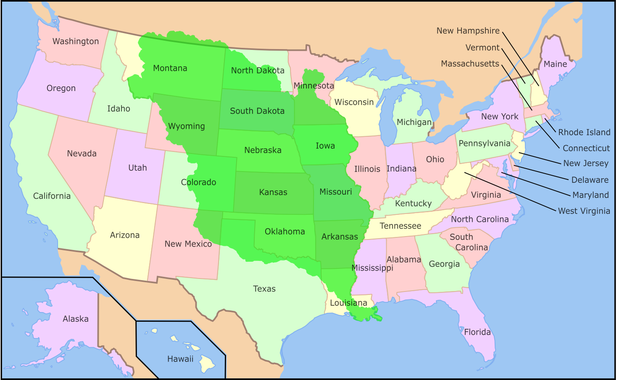
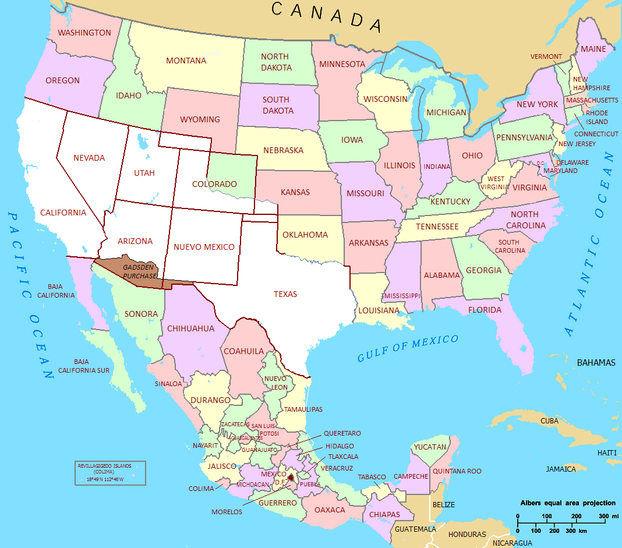
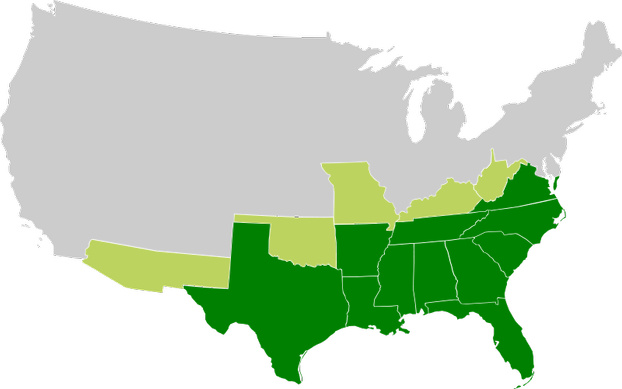



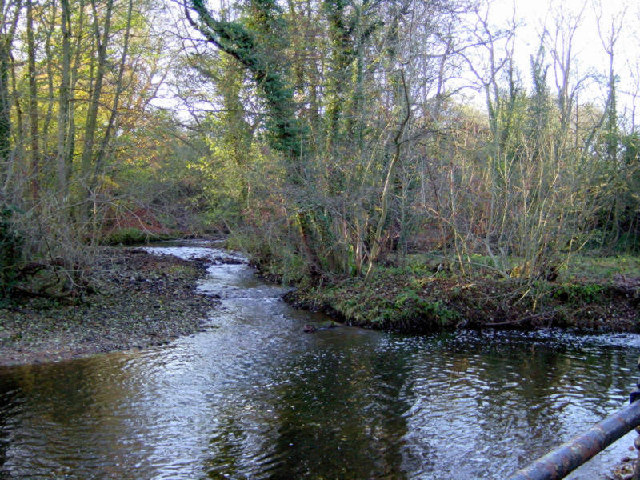





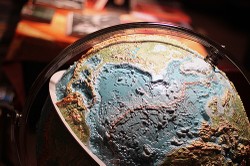

 St Tydecho's Churches in West Waleson 09/03/2014
St Tydecho's Churches in West Waleson 09/03/2014
 Goodies for an Outlander Premiere Partyon 03/06/2015
Goodies for an Outlander Premiere Partyon 03/06/2015
 Holocaust Memorial Day Interview with Rainer Höss, Grandson of Rudolf Architect of Auschwitzon 01/24/2015
Holocaust Memorial Day Interview with Rainer Höss, Grandson of Rudolf Architect of Auschwitzon 01/24/2015
 Romantic Valentine Gifts for an Outlander Fanon 01/16/2015
Romantic Valentine Gifts for an Outlander Fanon 01/16/2015

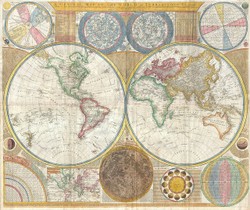
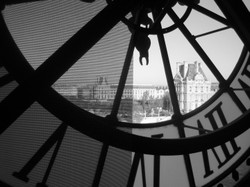
Comments
That is the perfect compliment. Thank you very much. :D
I don't have to try very hard though. History IS fun.
Great article! Very clever! I also think you should be teaching history, Jo. You make history fun!
Thank you, Sheilamarie!
Interesting perspective, Jo.
Thank you, Ember!
Yes, this is precisely why I love history so much. It's seeing the overview and following where all of those jigsaw pieces fall into place. Just as fascinating is imagining all of those 'what ifs' of history. I'm doing that right now, in my mind, since you've prompted me with the musing!
You should have been my history teacher, that was really fun to read with the story put together like that. I think its interesting how many different vantage points there can be on the same event that happened in history, I never realized it quite like that before! It also seems a bit like seeing the butterfly effect retrospectively, which I think is a cool way of thinking about historical events. If Anne Boleyn's breasts had been less attractive, what might the world look like today! :o